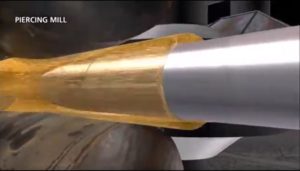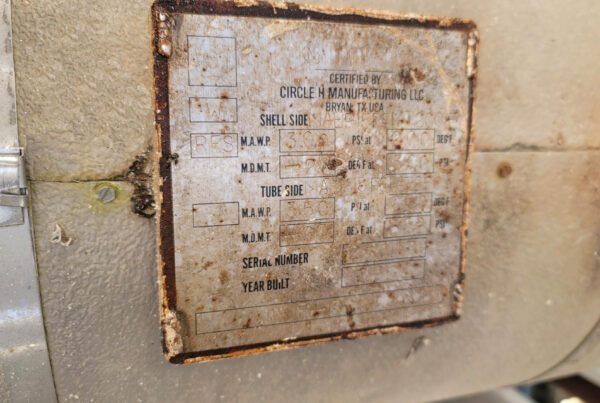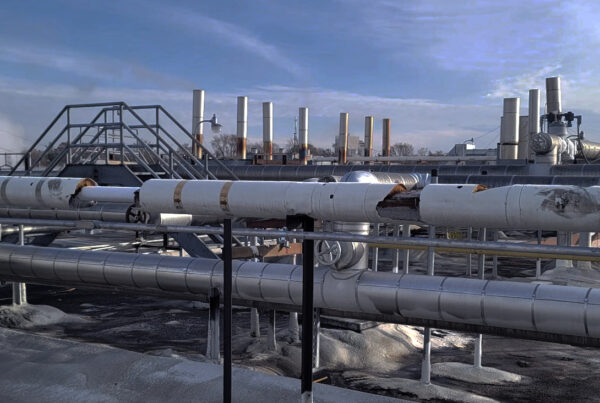In the late 1990s and early 2000s, mills started using more efficient equipment and processes to produce their pipes, with most major mills employing the “continuous mandrel” method.
In this process, the manufacturer pierces a hot metal cylinder to create a tube, inserts a solid bar into that tube to keep the inner diameter consistent, and then starts shaving down the outside. Therefore, the inner diameter of the pipe remains at the desired thickness, while the outer diameter is uniformly trimmed.
This allows mills to get within thousandths of an inch of the overall pipe thickness they are targeting. The increased accuracy mean less excess metal than was present in pipes created by earlier methods and therefore less thickness to the pipe walls even as they come off the production line.
Today’s seamless pipe manufacturing process:
Here’s the good news if you have old pipe –
This means older pipe started thicker and could actually corrode down to nominal wall. Therefore, even with some corrosion, those pipes can still be more efficient than the new pipe fresh from the mill.
Consider that pipe will generally corrode at a rate between two- and ten-thousandths of an inch per year. We often find that pipe manufactured with the old methods carried 30- to 40-thousandths of an inch of excess thickness. Therefore, you’ve given up potentially 3-15 years of service life moving from the old pipe to the new.
Because newer pipe starts thinner, any corrosion will have an impact on performance much more quickly. After all, it is not the amount of pipe thickness that you have lost that matters, but how much you have left. You could actually have a bunch of old, corroded pipe in your facility that still has more thickness than what is coming off the lines at today’s mills.
Before replacing corroded or thinning pipe that was installed prior to 1990, employ non destructive testing to measure the pipe wall thickness before you install new pipe with a thinner pipe wall than is currently in-service.




